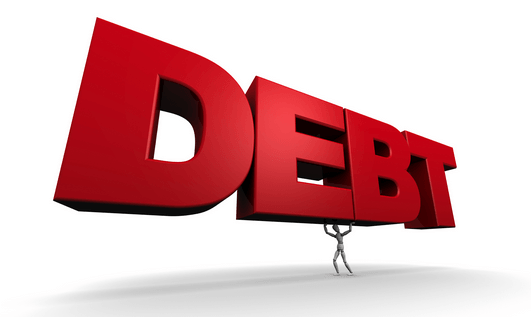Ghana’s domestic debt up 20%
 Ghana’s economy is still struggling with headwinds as the country’s domestic debt goes up by 20.1 per cent, according to the Bank of Ghana.
Ghana’s economy is still struggling with headwinds as the country’s domestic debt goes up by 20.1 per cent, according to the Bank of Ghana.
The country’s total public debt as at November 2017 was GH¢138.8 billion, which is 68.7 per cent of GDP and increase from GH¢122.6 billion which is 73.3 per cent of GDP in December 2016. Of this total, the domestic debt went up by 20.1 per cent to GH¢64.2 billion, while external debt rose by 7.9 per cent to GH¢74.7 billion, the Governor of the Bank of Ghana told reporters in Accra Monday January 22, 2018.
The Bank indicates that the maturity profile of domestic debt show that the proportion of short-dated instruments declined from 37.6 per cent in December 2016 to 23.1 per cent in November 2017.
The ratings agency, Moody’s has said in a recently published report that some countries in sub-Saharan Africa including Ghana, are expected to stabilize their fiscal deficits, but at higher levels than were seen before the commodity price shock.
It warned that the region is thus unlikely to see a decisive reversal in elevated debt levels given the countries’ consolidation challenges, increased interest costs and subdued growth.
Effectively, Ghana’s and these other country’s debt accumulation is likely to slow in 2018 and beyond due to improved (but still relatively low) commodity prices and some fiscal consolidation, but a return to 2013 debt-to-GDP levels will be challenging at a time of modest growth in the region.
Moody’s notes further that currency risks will remain heightened in these countries including Ghana with large shares of foreign currency public debt, and reserve buffers will provide only limited mitigation.
As these countries approach the peak of maturing international debt in the early 2020s, refinancing risks will continue to rise, the report said.
By Emmanuel K. Dogbevi
